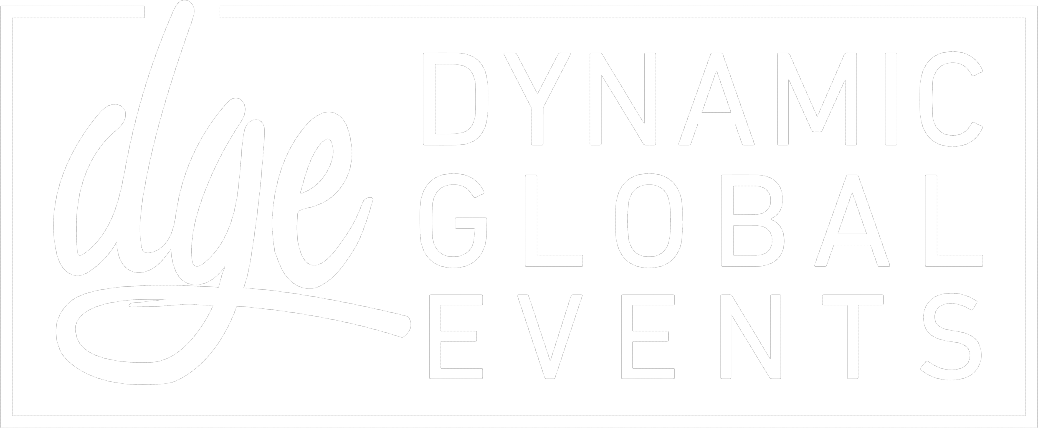No speaker found for Carol – Anne Partridge
An understanding of the differences between patient advocacy and patient engagement is essential before embarking on your advocacy work.
- Identify potential challenges for approaching and working with patients and caregivers globally
- Find out where to best learn of country - specific rules, regulations and culture regarding patient interactions
- Stratify your approaches for both large patient communities and small niche areas that may not be as formally structured
One of the key steps in getting started is to gain good working knowledge of the healthcare ecosystem in each of the regions in which you are working. You must pay particularly close attention to how patients obtain access to medicines.
- Determine which countries do/do not have universal health coverage
- Recognize where health technology assessment (HTA) occurs
- Identify local access barriers and conditions
Understanding the roles and responsibilities of each stakeholder is paramount to your success. You must be able to visualize and anticipate the priorities of government officials, healthcare providers, patients, caregivers, patient groups - and many more. .
- Create a map of the local organizations and what they will most want from your initiatives
- Discover who has come before you and which companies are also working in the space to collaborate on supporting the community as a whole
- Pinpoint national associations and alliances that can help in your efforts to bring communities together
Advocacy programs can be structured very differently across countries and regions.. The key to building successful collaboration is to really dedicate the time required for understanding the dynamics that face advocacy professionals in every market you are targeting. .
- Learn the leadership approaches that will elevate your voice in managing information and educating across functions
- Structure an approach for collaborating with local affiliates and cross - functional corporate networks in other countries
- Lend your expertise and perspective on structuring international patient advocacy teams and initiatives
- Build functional expertise in local, regional and global teams
Creating patient engagement strategies which are fit for purpose will yield meaningful results. If properly structured, this can provide a path for successful integration of the patient voice in drug development.
- Identify where you can create the most impact for the patient community
- Determine feedback loops that patient communities prefer
- Generate evidence for patient preference
You know you need to build trusting relationships with patients, carers and advocacy groups - but do you know where to start? With the right decision trees you can forge meaningful alliances.
- Strategize initiatives that encourage collaboration among local stakeholders
- Create regional panels encouraging education and collaboration among local stakeholders
- Assemble a panel of advisors to help you pilot new areas
- Identify how to customize tools for engaging patients and patient communities in the local ecosystem
Examine best practices for establishing transparent communication patterns and reliable communication channels with patients and advocates.
- Discuss examples of what a good working relationship looks like
- Provide examples of how to improve relationships and common places to look for these opportunities
- Review patient engagement activities in preclinical research, clinical studies and post approval
Early - stage diagnosis greatly increases the chance for better treatment outcomes. Gain ideas for educating caregivers and advocates about newborn screening through a case study example involving gene therapy.
- Understand current newborn screening rates and opportunities to improve
- Discuss how to grow patient knowledge and tools to advocate for access to medicines
- Identify the biggest hurdles patient groups experience and the keys for driving access to newborn screening in their own country
Have you spotted any areas where your patients could be getting more resources, if only they knew to ask for them? Learn about best practices to educate, engage and empower patients, care givers and advocates.
- Make resources available to advocacy groups
- Define ways you can help to prepare doctors to work with informed patients
- Focus on ways to deliver language translation, cultural translation and ensure informed consent
Generating real-world data is one method used to collect Patient Experience Data. What is the future for how we look at patient experience data and engage patients in the generation and the use of real-world data?
- Identify steps for engaging patients in the co-design and contextualization of data
- Assess how patient experience data may offer a bridge between patient advocacy and other functions
- Discuss the potential for greater emphasis on having patient engagement and patient experience data in future regulatory submissions























